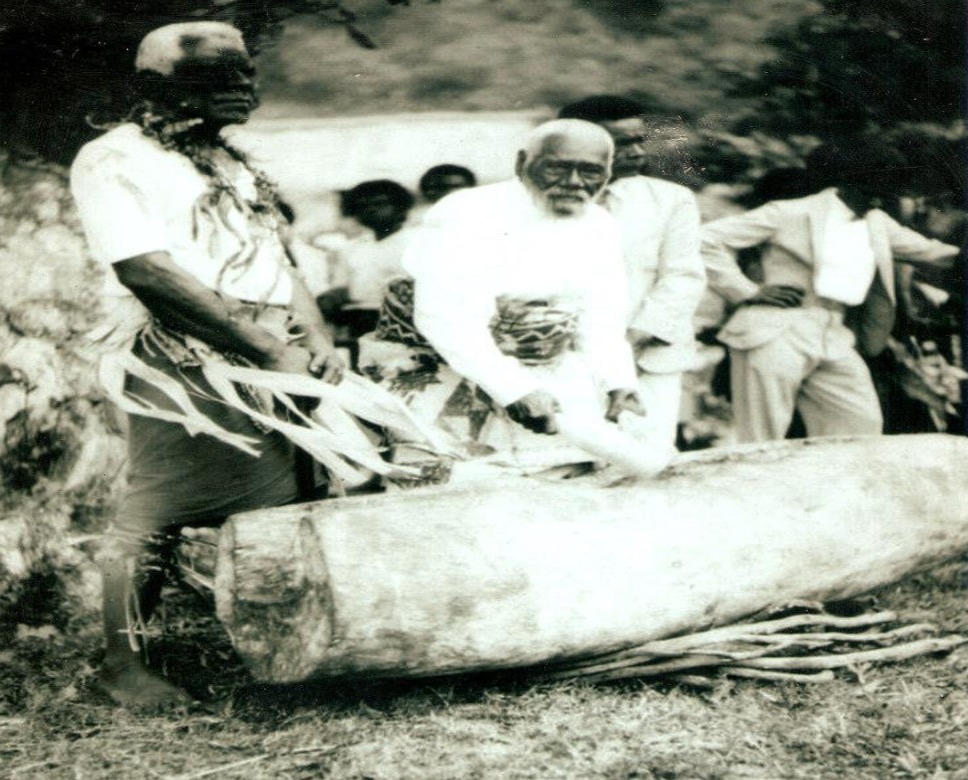Lali: the traditional sound of Fiji


Fiji has a distinctive ancient sound, and it continues to echo through to this day. The sound comes from the Lali (Lah-lee), a large wooden drum that is rounded with a concave interior. The Lali, like the Yaqona and Magiti, is highly significant to Fijians and vital for their everyday communal life.
The Lali was one of the most important sources of communication in the olden days. Today much of this prestige has dwindled, while some of these aspects have been incorporated into recent cultural and religious traditions.

Photo Credit: Fiji Museum.
Most Fijians presume the Lali to be of foreign influence, that is, from Fiji’s neighbour to the east Tonga, but Rod Ewins, a master in Fijian anthropology, suggests otherwise. He has an entire journal article dedicated to an interesting research about the Lali. He even ascertains that Lali is indigenous and pre-European, because there hasn’t been any mention or acknowledgement among recently settled Polynesian craftsmen.
According to a Fiji Times article by John Mitchell, in wartime, the Lali had various sounds that sent different messages to people. The Lalinikabakoro was beaten on a portable war drum that had two or three resonating sound chambers. The Lali was sounded to warn the village of an imminent threat. The number of beats toward the end would indicate the number of days they had left. During the war, the Lali is continuously sounded to alert the allies of the besieged. Another instance of Lali use in wartime is its sounding to signal victory and to signify the fortification of a village.
A smaller and portable Lali was and is still used for mekes (traditional dances), the Lali had a lighter higher pitched sound that accompanied the chanting and dancing. Mekes were a post-war custom, usually performed at victory celebrations.
Lali’s were beaten to announce the birth of a chief, they were also beaten after the chief’s Vakabogi va (four nights). Basically, it is to be understood that the Lali was a great form of communication for Fijians.

2023 New Year celebration. Photo Credit: Prime Minister Sitiveni Rabuka FB page.
Some of these ancient Lali traditions are still maintained today. Today, the Lali is used to signal the preparations and start to worship in church. It is also used to call a village or communal meeting, and the Lali can be found in almost every hotel to mimic or replicate Fijian traditions. The accompaniment of Lali in traditional meke’s also exists, however, without the involvement of brutal warfare. To sound the Lali, we use the verb, qiri (ring), ‘to sound the Lal’i one would say, ‘qirita na Lali’ (ngee-ree-tah nah-Lah-lee *hard sounding g).
The Lali, with its deep resounding sound, can be for miles on end, in order to achieve this, the Lali beaters (two large sticks used to beat the Lali) are usually very heavy. The Lali was and still is considered one of Fijians’ best forms of communication.
